
How to Use 8 Channel I2C to 1-Wire Bus Adapter: Examples, Pinouts, and Specs
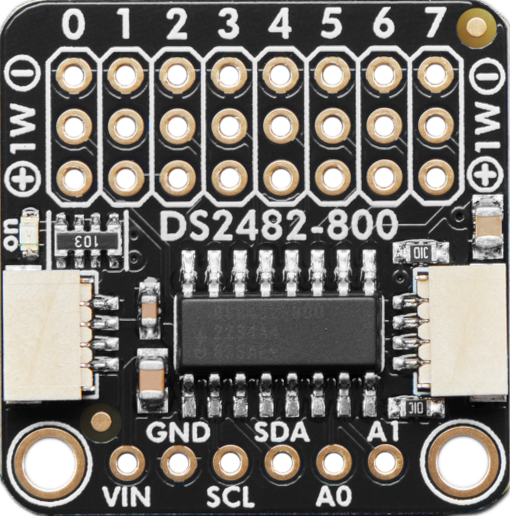
 Design with 8 Channel I2C to 1-Wire Bus Adapter in Cirkit Designer
Design with 8 Channel I2C to 1-Wire Bus Adapter in Cirkit DesignerIntroduction
The 8 Channel I2C to 1-Wire Bus Adapter (DS2482S-800), manufactured by Adafruit, is a versatile device designed to bridge the gap between I2C and 1-Wire communication protocols. This adapter allows up to eight independent 1-Wire buses to be connected to a single I2C bus, enabling seamless communication between an I2C master device (e.g., a microcontroller) and multiple 1-Wire slave devices.
This component is ideal for applications requiring multiple 1-Wire devices, such as temperature sensors, memory devices, or identification chips, to operate simultaneously without interference.
Explore Projects Built with 8 Channel I2C to 1-Wire Bus Adapter
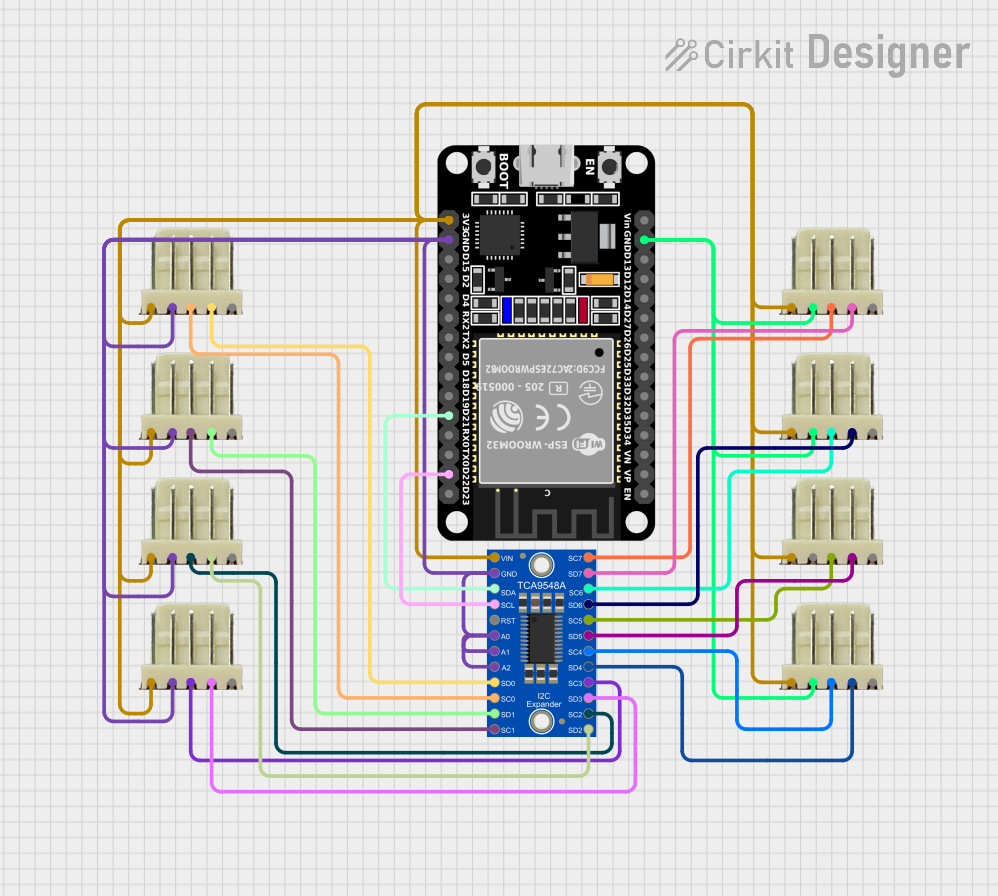
 Open Project in Cirkit Designer
Open Project in Cirkit Designer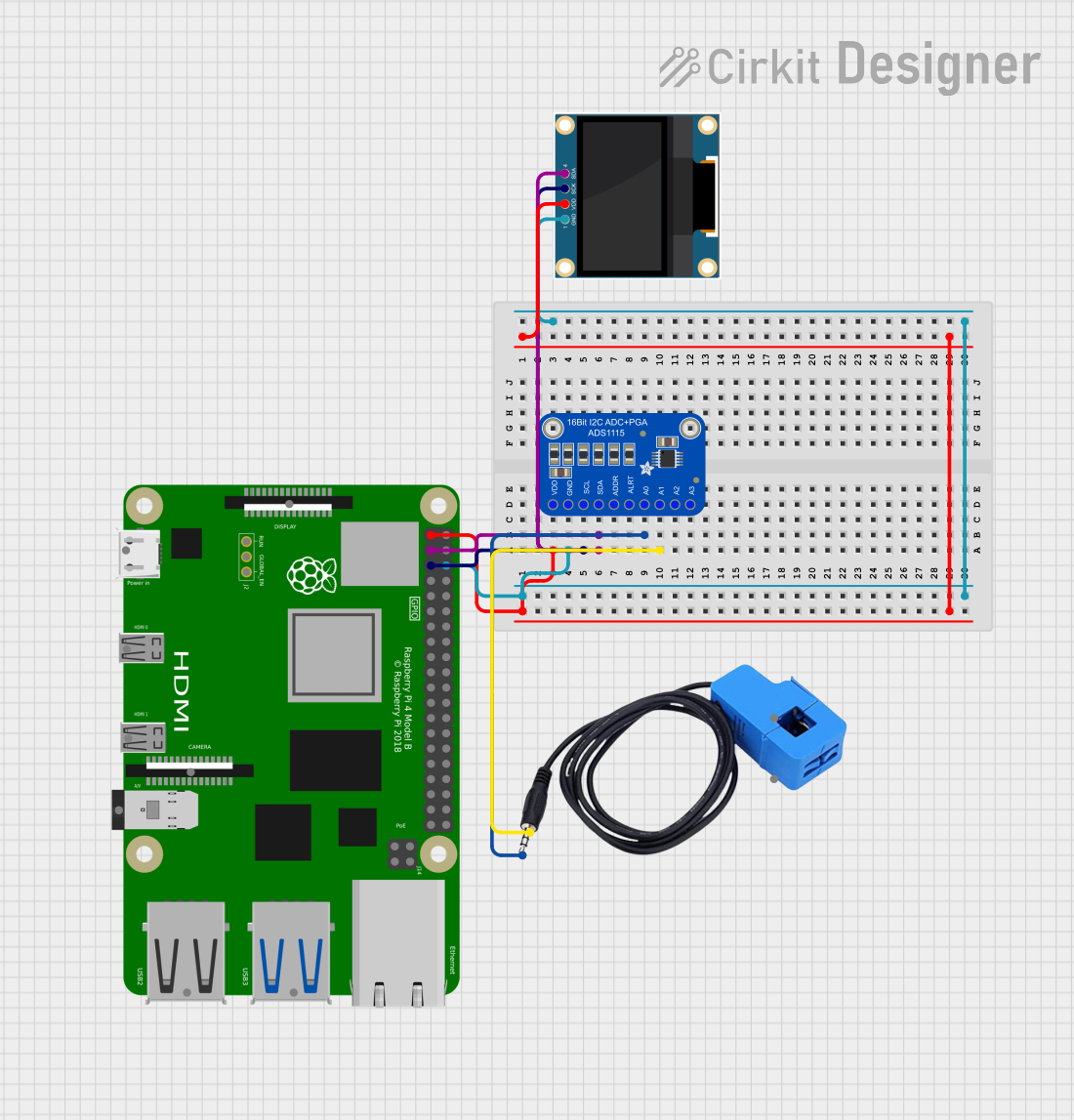
 Open Project in Cirkit Designer
Open Project in Cirkit Designer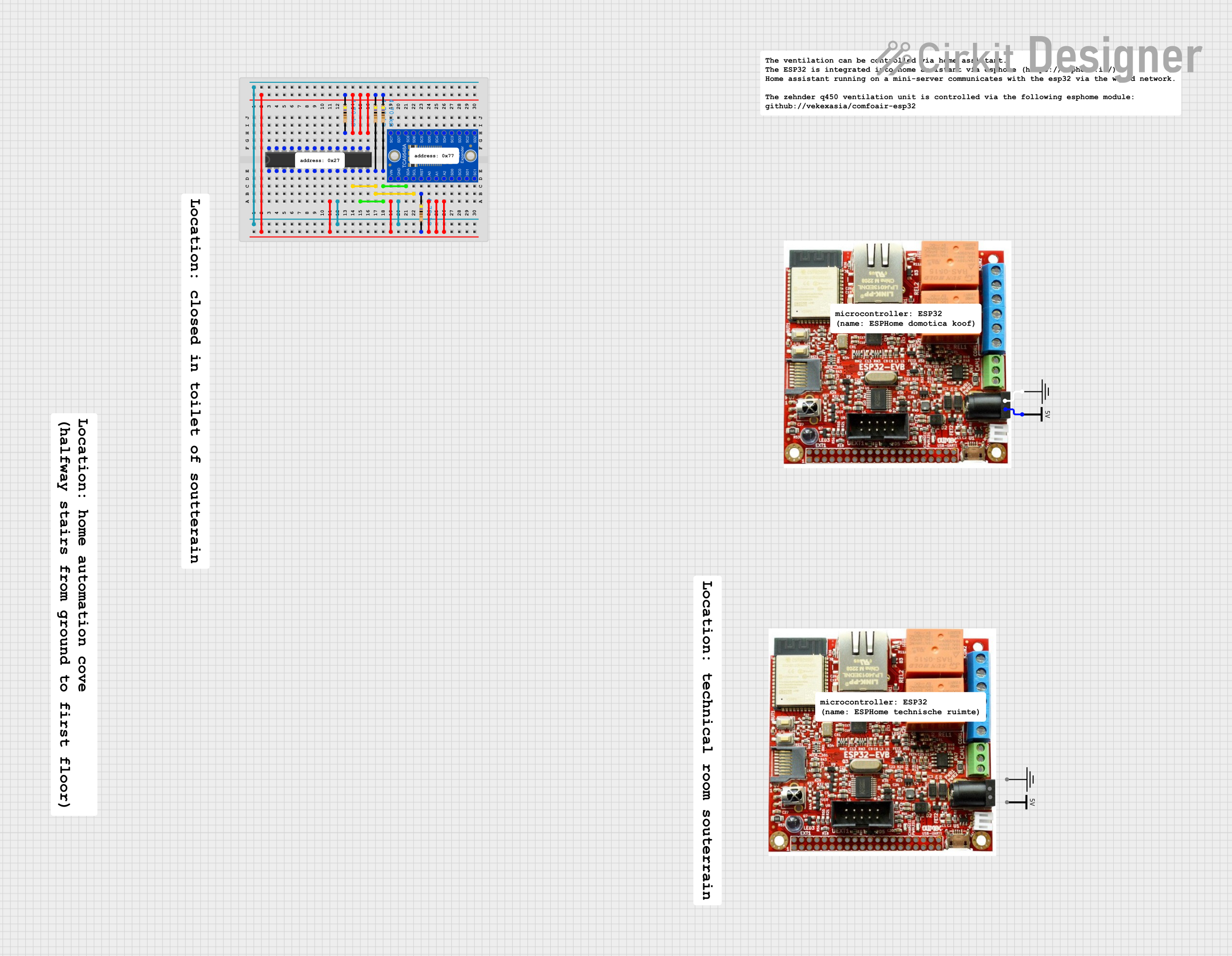
 Open Project in Cirkit Designer
Open Project in Cirkit Designer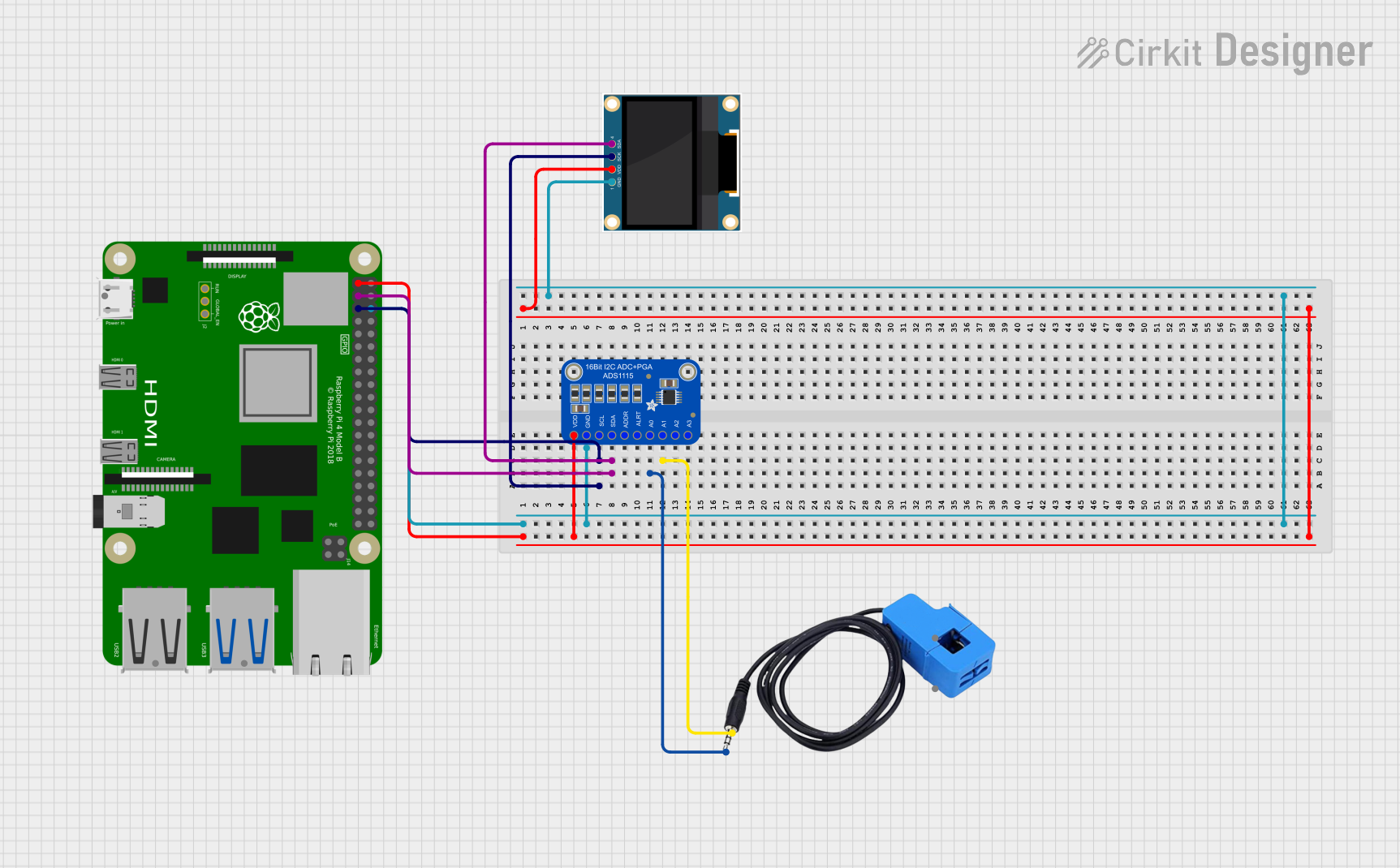
 Open Project in Cirkit Designer
Open Project in Cirkit DesignerExplore Projects Built with 8 Channel I2C to 1-Wire Bus Adapter

 Open Project in Cirkit Designer
Open Project in Cirkit Designer
 Open Project in Cirkit Designer
Open Project in Cirkit Designer
 Open Project in Cirkit Designer
Open Project in Cirkit Designer
 Open Project in Cirkit Designer
Open Project in Cirkit DesignerCommon Applications and Use Cases
- Temperature Monitoring Systems: Connecting multiple DS18B20 temperature sensors.
- Data Logging: Reading data from 1-Wire EEPROMs or memory devices.
- Industrial Automation: Managing multiple 1-Wire devices in a distributed system.
- Access Control: Interfacing with 1-Wire identification tokens or iButtons.
Technical Specifications
Key Technical Details
| Parameter | Value |
|---|---|
| Manufacturer | Adafruit |
| Part Number | DS2482S-800 |
| Communication Protocol | I2C (Master) to 1-Wire (Slave) |
| I2C Address Range | 0x18 to 0x1F (configurable via A0, A1, A2) |
| Number of 1-Wire Channels | 8 |
| Operating Voltage | 2.9V to 5.5V |
| Operating Temperature | -40°C to +85°C |
| Maximum I2C Clock Speed | 400 kHz (Fast Mode) |
| Package Type | SOIC-16 |
Pin Configuration and Descriptions
| Pin Number | Pin Name | Description |
|---|---|---|
| 1 | VDD | Power supply input (2.9V to 5.5V). |
| 2 | A0 | I2C address selection bit 0. |
| 3 | A1 | I2C address selection bit 1. |
| 4 | A2 | I2C address selection bit 2. |
| 5 | SDA | I2C data line. |
| 6 | SCL | I2C clock line. |
| 7 | GND | Ground. |
| 8-15 | IO0-IO7 | 1-Wire bus channels (IO0 to IO7). |
| 16 | RST | Reset input (active low). |
Usage Instructions
How to Use the Component in a Circuit
- Power Supply: Connect the VDD pin to a 3.3V or 5V power source and the GND pin to ground.
- I2C Connection: Connect the SDA and SCL pins to the corresponding I2C data and clock lines of your microcontroller.
- Address Configuration: Use the A0, A1, and A2 pins to set the I2C address. These pins can be tied to VDD or GND to select one of eight possible addresses (0x18 to 0x1F).
- 1-Wire Devices: Connect up to eight 1-Wire devices to the IO0-IO7 pins. Each pin represents an independent 1-Wire bus.
- Reset: Optionally, connect the RST pin to a GPIO pin on your microcontroller for manual reset functionality.
Important Considerations and Best Practices
- Pull-Up Resistors: Ensure that appropriate pull-up resistors (typically 4.7kΩ) are connected to the SDA, SCL, and each 1-Wire bus line.
- I2C Address Conflicts: Verify that the selected I2C address does not conflict with other devices on the bus.
- 1-Wire Timing: The DS2482S-800 handles 1-Wire timing internally, simplifying communication with 1-Wire devices.
- Power Supply Stability: Use decoupling capacitors (e.g., 0.1µF) near the VDD pin to ensure stable operation.
Example Code for Arduino UNO
Below is an example of how to use the DS2482S-800 with an Arduino UNO to read data from a DS18B20 temperature sensor connected to the IO0 pin.
#include <Wire.h>
#include <OneWire.h>
#include <DS2482.h>
// Define the I2C address of the DS2482S-800 (default: 0x18)
#define DS2482_ADDRESS 0x18
// Initialize the DS2482 and OneWire objects
DS2482 ds2482(DS2482_ADDRESS);
OneWire oneWire(0); // Use channel IO0 (channel 0)
// Function to initialize the DS2482
void setupDS2482() {
if (!ds2482.begin()) {
Serial.println("Failed to initialize DS2482!");
while (1); // Halt if initialization fails
}
ds2482.selectChannel(0); // Select channel IO0
}
void setup() {
Serial.begin(9600);
Wire.begin();
setupDS2482();
}
void loop() {
byte addr[8];
// Search for 1-Wire devices on the selected channel
if (!oneWire.search(addr)) {
Serial.println("No 1-Wire devices found!");
oneWire.reset_search();
delay(1000);
return;
}
// Print the address of the found device
Serial.print("1-Wire device found: ");
for (int i = 0; i < 8; i++) {
Serial.print(addr[i], HEX);
Serial.print(" ");
}
Serial.println();
// Reset the 1-Wire bus and send a temperature conversion command
oneWire.reset();
oneWire.select(addr);
oneWire.write(0x44); // Start temperature conversion
delay(750); // Wait for conversion to complete
// Read the temperature data
oneWire.reset();
oneWire.select(addr);
oneWire.write(0xBE); // Read scratchpad command
byte data[9];
for (int i = 0; i < 9; i++) {
data[i] = oneWire.read();
}
// Calculate and print the temperature
int16_t rawTemp = (data[1] << 8) | data[0];
float celsius = rawTemp / 16.0;
Serial.print("Temperature: ");
Serial.print(celsius);
Serial.println(" °C");
delay(2000); // Wait before the next reading
}
Troubleshooting and FAQs
Common Issues and Solutions
No Response from the DS2482S-800:
- Ensure the I2C address is correctly configured and matches the code.
- Verify that pull-up resistors are present on the SDA and SCL lines.
- Check the power supply voltage (2.9V to 5.5V).
1-Wire Devices Not Detected:
- Confirm that the 1-Wire devices are properly connected to the IO pins.
- Verify that pull-up resistors are present on the 1-Wire bus lines.
- Ensure the correct channel is selected using the
selectChannel()function.
Temperature Readings Are Incorrect:
- Check the wiring and connections of the DS18B20 sensor.
- Verify that the delay after the temperature conversion command is sufficient.
FAQs
Q: Can I use multiple DS2482S-800 adapters on the same I2C bus?
A: Yes, you can use up to eight adapters by configuring unique I2C addresses using the A0, A1, and A2 pins.Q: What is the maximum cable length for 1-Wire devices?
A: The maximum length depends on the number of devices and the quality of the cable, but typically it is up to 100 meters with proper pull-up resistors.Q: Is the DS2482S-800 compatible with 3.3V systems?
A: Yes, the adapter operates with supply voltages from 2.9V to 5.5V, making it compatible with both 3.3V and 5V systems.